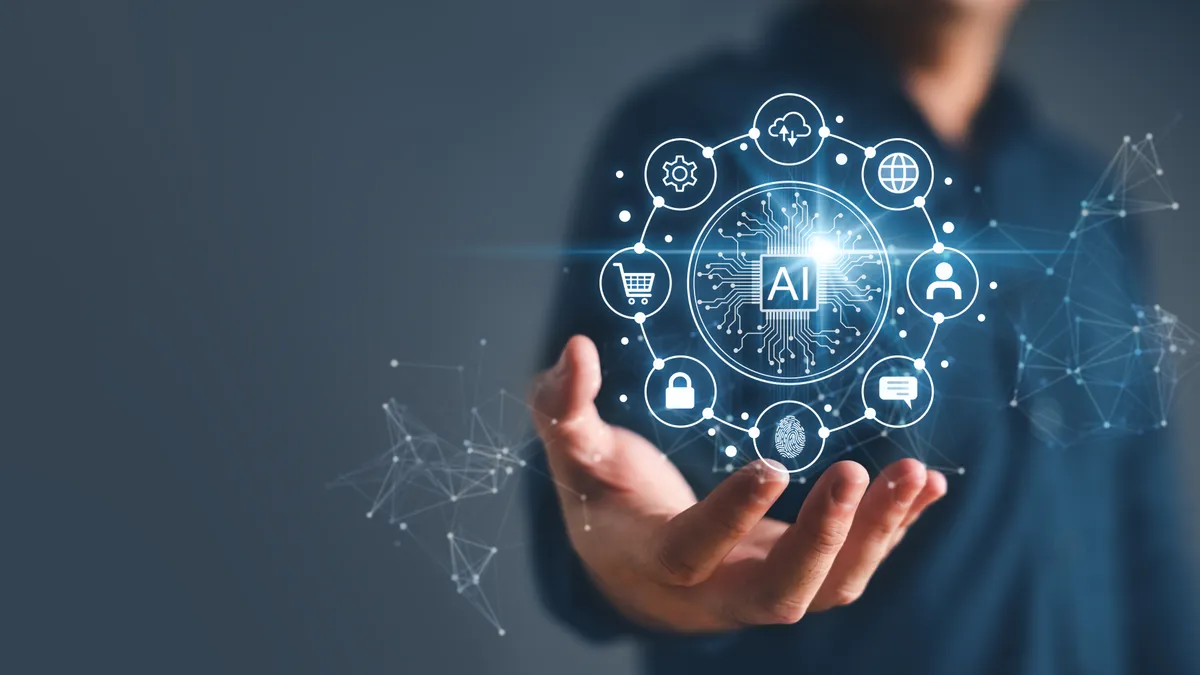Companies have long had the data they need to create hyper-personalized experiences. But it’s been housed in disparate data sets across multiple departments, and marketing didn’t have the power to harness it—until now.
Generative AI fuels both high-octane content creation and real-time data analysis, giving marketing teams the nitro boost needed to deliver bespoke customer communications. This can both supercharge the organization’s brand and introduce new risks. In this environment, 76% of CMOs say generative AI will change the way marketing operates—and 76% also say the failure to quickly adopt generative AI will significantly hurt their ability to stay competitive.
While many marketing organizations are already using generative AI based on public large language models (LLMs) for content creation, few have tapped this game-changing capability for extreme customization by feeding the models their own data. But that will soon change, as more than half (51%) of CMOs say they have plans to build foundation models with proprietary data—the intellectual capital about customers that sits in marketing—before the end of 2024.
Generative AI offers a way to create content faster with more personalized messages, and it gives marketing executives more control over analytics, making it far easier to distill insights from customer data with speed and specificity at scale. It highlights patterns that tease out the details of customer preference, letting marketers finally go beyond targeted segmentation to serve up truly individualized offers and interactions.
The real-time insights it enables can also help marketers gauge whether personalized products, services, and experiences are hitting the mark—and shift gears quickly when the answer is no.
The IBM Institute for Business Value has identified three things every leader needs to know:
1. Marketing is the pacesetter for enterprise-wide generative AI. When all the mundane and repetitive tasks are automated, how should humans spend their time? More than one in four (27%) executives expect marketing roles to be automated due to generative AI. While this may sound dire for marketing professionals, there’s a huge opportunity yet to be uncovered, according to Mark Read, CEO of WPP, the world’s largest advertising organization.
2. Content creators are freed from feeding the beast. Content production can be oppressive. As teams rush to meet never-ending deadlines, high-value, strategic work is often lost in the shuffle.
3. With generative AI, hyper-personalization is no longer a pipe dream. Every customer is unique—but on a traditional marketing dashboard, they get diluted in a sea of aggregated data. The details needed to make personal connections are lost.
And three things every leader needs to do right now:
1. Position marketing as the model for generative AI-driven workforce transformation. Challenge your CMO to redefine what marketers do. And what they don’t. Build lessons learned into transformation of other functions across the enterprise.
2. Prioritize creative ideation and high production value in marketing content. Raise the bar for marketing materials by tying them to touchpoints and moments of truth along the customer journey. Boost productivity by streamlining content creation and diverting human energy toward higher-value work.
3. Build 360-degree customer profiles using integrated data. Unified data will make all the difference in hyper-personalized marketing. Give CMOs autonomy over the marketing tech stack across all touchpoints, including sales and service.
To read more insights in its entirety, please click here.










